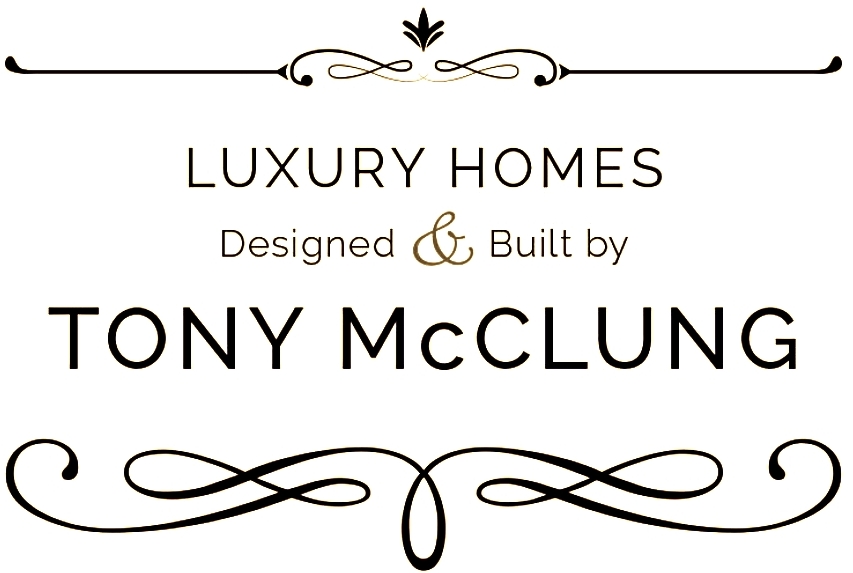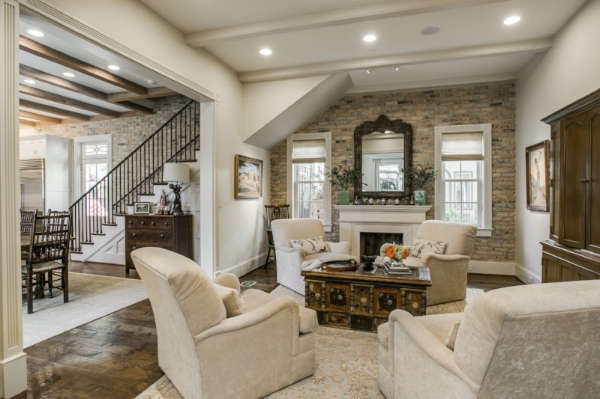Six Exciting Trends in Custom Home Building
/A prime advantage of custom homes is the complete control over the building approach, from architectural style to the features you covet most. Whether you’re looking for a completely smart home, an energy-efficient dwelling, or even secret doors that lead to a wine cellar, we’ve compiled the best and most cutting-edge trends in custom builds. From the popular to the extreme, consider adding one of these statements into your dream home. As we close out 2016 and begin a new year, let's look at six trends in custom home building for the next year.
Copper Accents
For a feeling of luxury that makes a unique statement, consider copper. This out-of- the-box material can work with any design aesthetic, from the rustic to the traditional. When used in tandem with other metal and wood features, it can even give a modern, steampunk feel. Install a freestanding copper bathtub to create an oasis that is as calming as it is effortlessly cool.
Indoor-Outdoor Living Spaces
We’re lucky to live in an area of the country that allows us to enjoy the outdoors most of year. Dallas Texas really does have great patio weather! Create a living space that moves seamlessly from indoors to outdoors by using features like retractable glass walls, unusual floor materials, and stackable doors. This creates an organic flow that would even make Frank Lloyd Wright proud. Low-impact (environmental) design elements are also becoming more popular. Incorporating native plant species into landscaping, permeable pavement, and sustainable features that remain conscious of the environment surrounding the home are coveted trends.
Mixing Materials
Mixing accents like metal and wood combines a rustic aesthetic with modern sensibility. Industrial elements, like sleek furniture and lighting, can be effective talking points, especially when mixed with bright colors. When paired with rustic wooden accents like barn-style doors, they create a feeling that is unexpected but posh.
Smart-Home Technology
Smart technology allows homeowners to be as energy efficient as possible. Advancements in technology allow builders to incorporate elements of smart design from electrical to plumbing. Examples include smart appliances and thermostats that can be controlled from anywhere in the world to TVs that serve as smart control hubs, allowing the homeowner to oversee the home’s smart processes.
Mid-Century Modern Aesthetic
Everything old is new again. Just as fashion trends come and go, so do architectural features. Beginning with California and Nevada, we’re beginning to see a re-emergence of mid-century modern design. Mid-century detailing is unique, and it must be done right. If you want to start small, consider adding mid-century vintage appliances in your kitchen. For a bolder approach, talk to your architectural builder about mid-century statement exteriors.
Hidden Doors
Looking for a reprieve from the daily hustle and bustle? You can’t get more escapist than a hidden room. For a touch of the unexpected that wows your dinner guests and gives you a place to find solace, create a hidden door in your pantry that leads to a secret den or wine cellar. Consider it your own personal bat cave.
For today’s custom homes, the only limit is your imagination. From secret spaces to green technology, homes can be simultaneously low-impact and make a design statement. If you want to make your dream home a reality, get in touch with Tony McClung. As an architect builder, he has more than 50 years of experience in designing and building some of the most dramatic properties in Colorado, New Mexico, and Texas. For more information and to create a 3D walkthrough of your vision, call (214) 668-7802.








